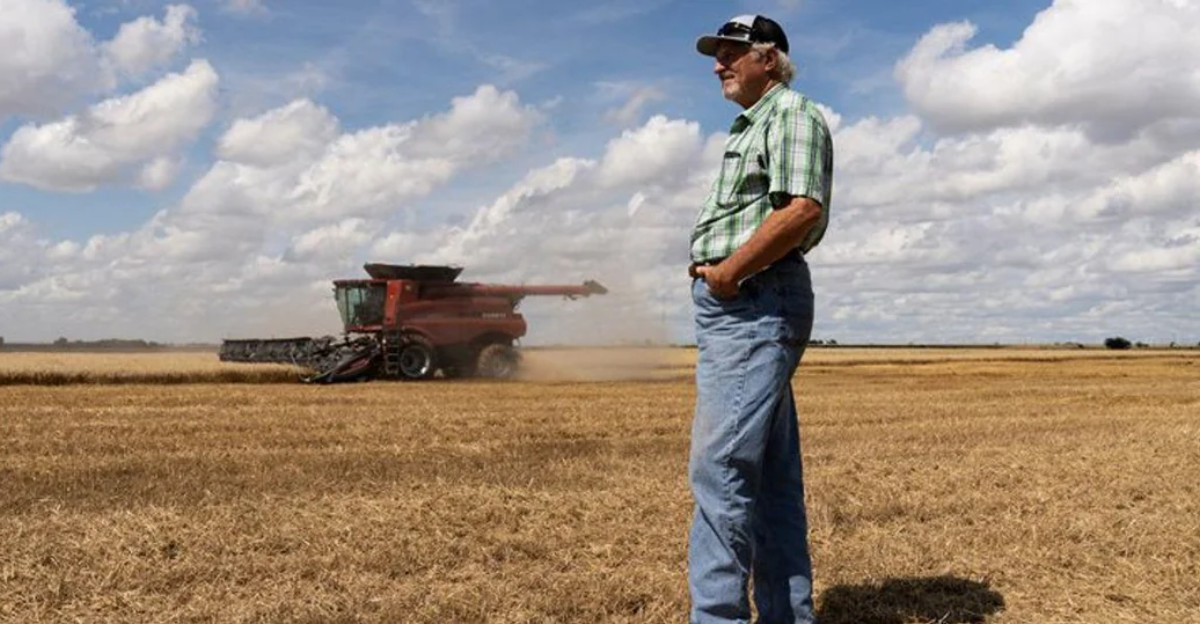
Once upon a time, farms were what kept America standing. Family farms even more so, across the Midwest and beyond, the American economy depended heavily on them. But times change. Today, the financial storm is dawning heavily on these farms. Have people changed, or is the business shifting? Are we really abandoning traditional agriculture in favor of a tech-based one? In this digital age, what can we expect from farmers? Let’s explore what’s been happening to these former staples of American culture below.
The Numbers Don’t Lie
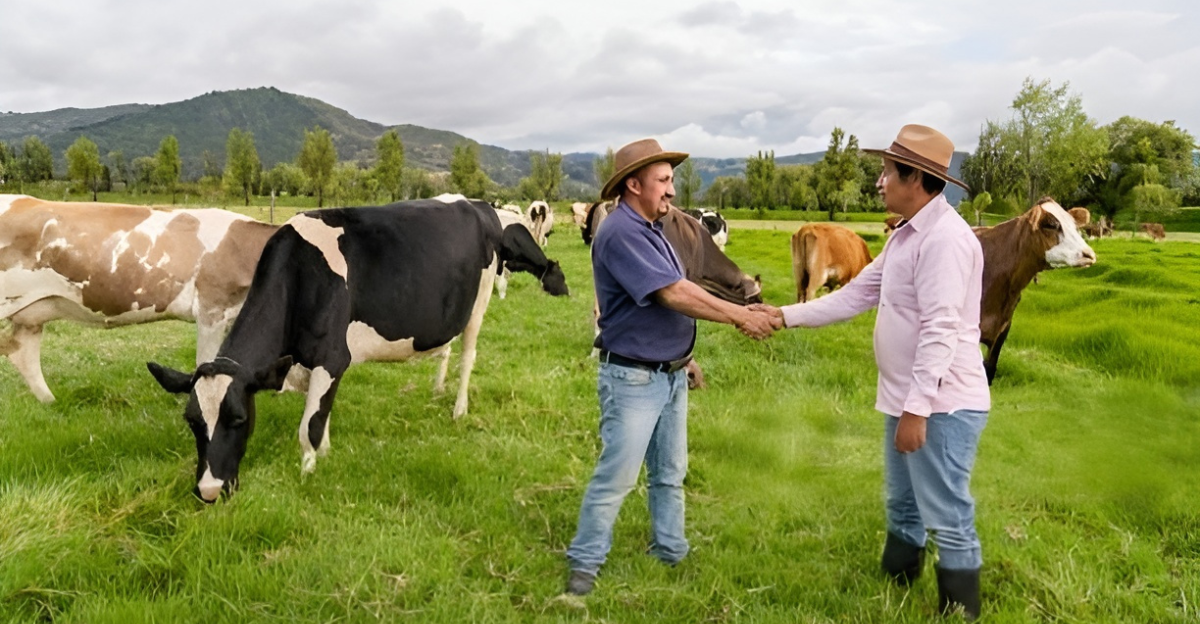
Data shows that farm bankruptcy hit a new record in 2024. The generations before us endured droughts, floods… But this? This feels different. Nowadays, many farmers are selling their equipment, livestock, or even land to stay afloat. You see, the American Farm Bureau Federation confirms family farm bankruptcy rises by 25% every year. States like Wisconsin, Minnesota, and Kansas are reporting dozens of cases every three months. They’re not massive businesses, just small operations that see bankruptcy as the very last resort. They tried loans, they drained their savings… and they were left disappointed.
Feed, Fuel, Fertilizer
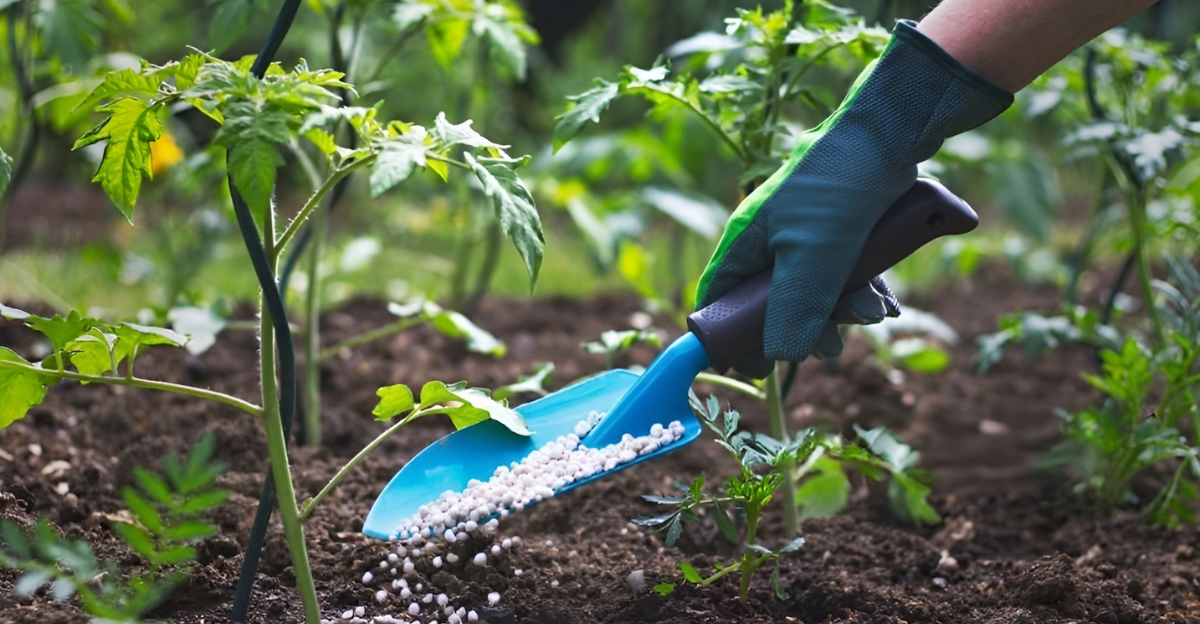
Feed, fuel, and fertilizer are the three things that drain a bank account fast. After the pandemic, fertilizer prices doubled. Diesel fuel for tractors is getting pricier and pricier. And livestock feed? Stuff like corn and soy have become so insanely expensive that small farmers are forced to either raise fewer animals or halt operations altogether. Here’s the paradox: food prices at the local grocery store have risen to an insane amount, but the people who are making it, growing it, are barely scraping by.
Tariffs Are Tightening The Noose

Farms that are dependent on exports are suffering. China and Mexico recently responded with retaliatory tariffs, which smothered the demand for U.S. agricultural goods. Soybean and pork, they’ve lost billions in revenue since international buyers are now looking in other places. Export markets made up to half of certain crops! The global trade war is affecting everyone, but small farms seem to be getting burned the most.
Interest Rates Make Recovery Impossible
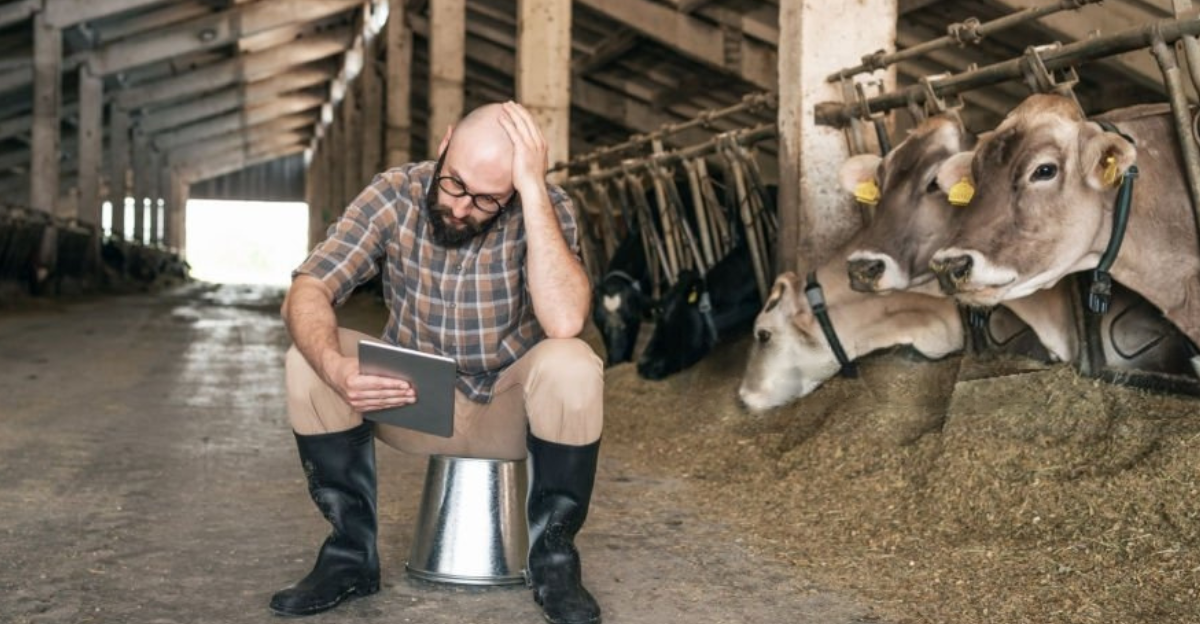
The Federal Reserve has raised interest rates multiple times since 2022. It was supposed to fight inflation, but in turn, this makes borrowing way more expensive. Some family farms survive on seasonal loans, which makes their struggle now an almost impossible fight to win. That comes on top of mortgage payments, land leases, equipment financing… all expenses are skyrocketing. Many farms are barely earning enough to operate, so investing is already out of the question.
Farmers Are Suffering From Their Declining Mental Health
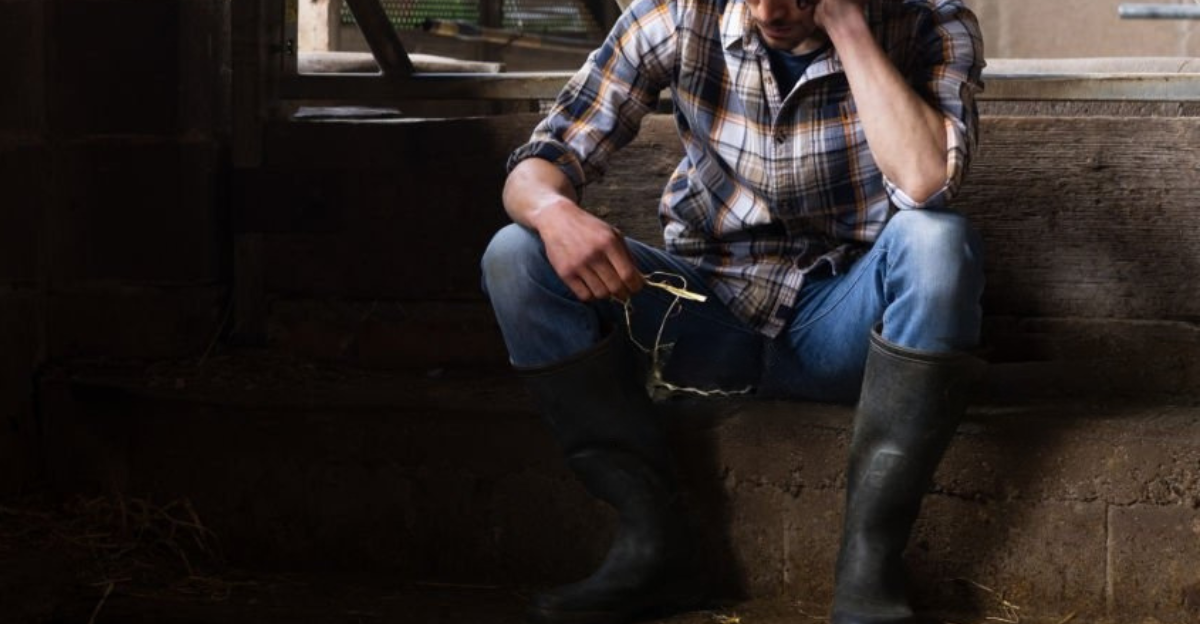
Financial stress is not just financial, of course. Recently, mental health experts reported an increase in depression, anxiety, and even suicide among farmers. Feelings such as isolation and helplessness are common nowadays, since these young farmers fear losing land that’s been in the family for generations. Hotlines like AgriSafe Network and Farm Aid’s farmer helpline are getting more calls than ever, and with how things are moving, these numbers will just keep on increasing.
Not Everyone Gets Government Aid
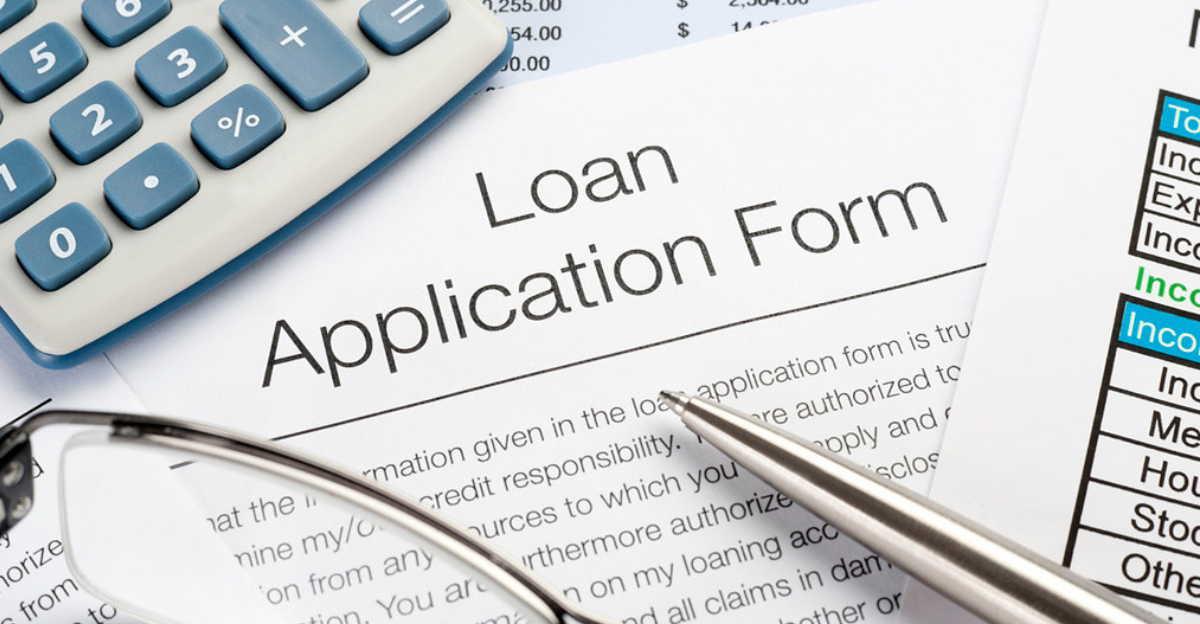
Certain programs have been created to ease this burden. USDA’s emergency loans and disaster support, for example, are a big one that many farmers apply for. Yet not everyone qualifies. And the application process is a headache. Many complain about delays, rejections, and payouts that are subpar to the actual losses they had. Plus, the ones who do qualify are, most of the time, larger-scale agricultural businesses. The usual family farm is abandoned, left to fend for itself!
Why This Affects The Consumer As Well

It’s not just about the farms. With these smaller businesses gone, food diversity is getting slowly erased as well. Prices are rising. Big corporations buy the land, so they basically seize power over what we eat and how much we eat. Fewer local producers means supply chains are vulnerable. More than that, should family farms disappear, then we’d be losing certain traditional values, community ties, and local food sources with them!
Are There New Solutions?
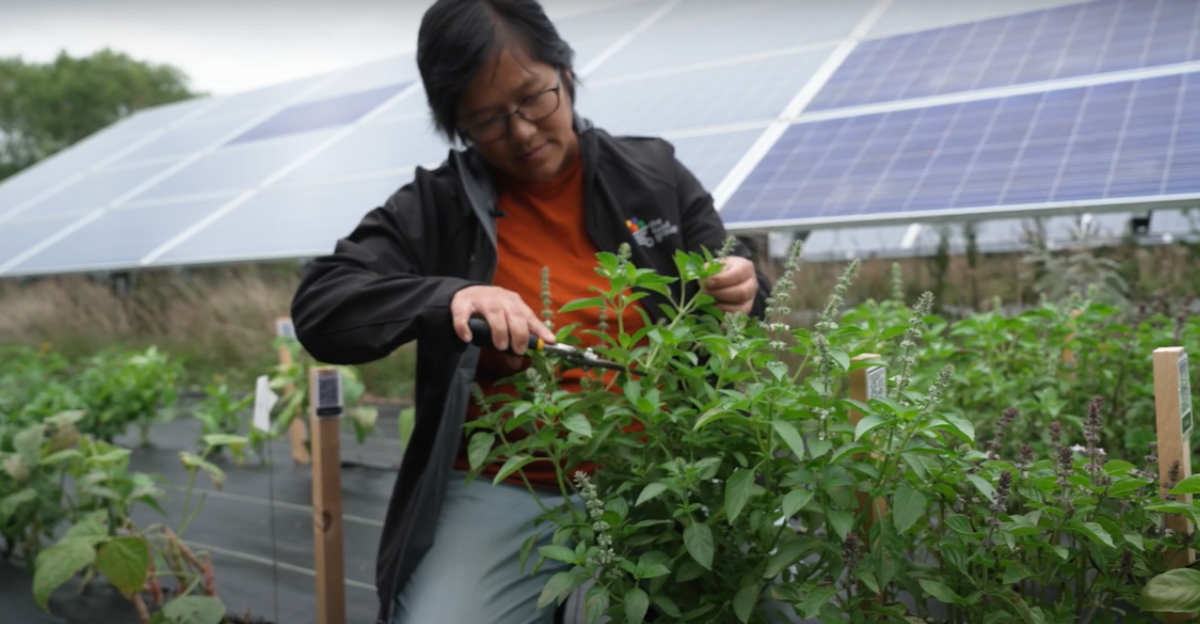
Some alternative options are there, like regenerative farming, direct-to-consumer sales, and partnering with co-ops. Some, more risk-oriented farmers, are trying to convert unused land into solar farms or an agritourism business. Whichever the choice, though, it requires a lot of money. Money, time, and technical knowledge that many farmers don’t actually possess. Plus, for older farmers, starting over “fresh” isn’t realistic. While younger generations are trying to stay afloat, taking these kinds of risks isn’t really up their alley either.
The Future Of Family Farming
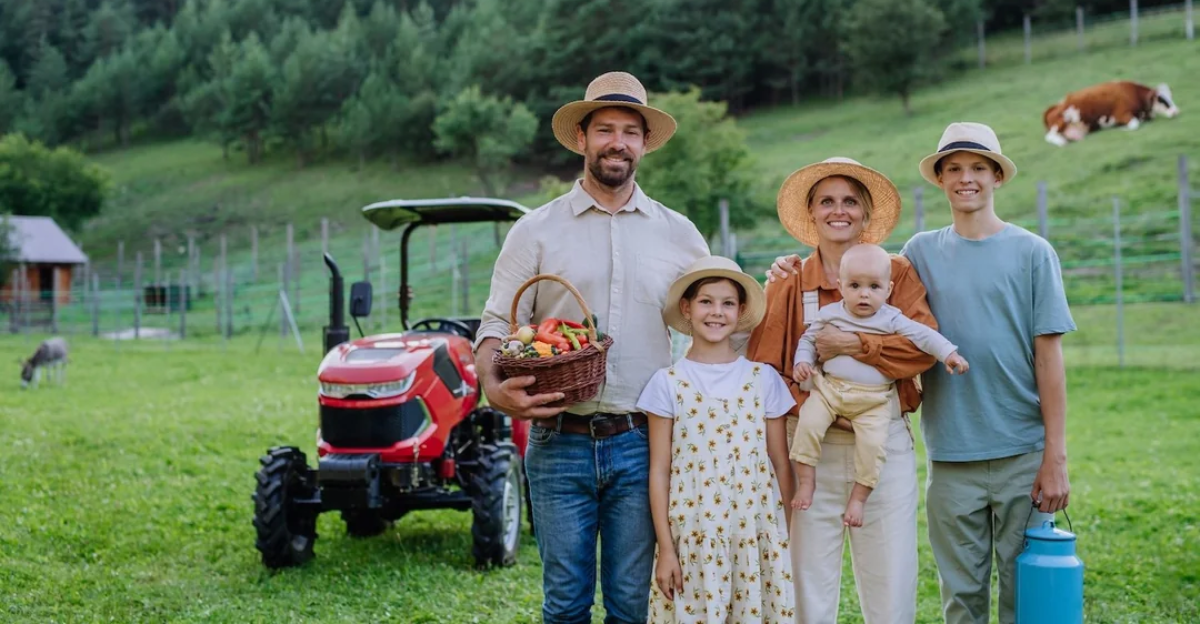
America risks losing much of its independent farming over this decade. Without investing in rural areas, changing the actual policies, and having fair trade conditions, this will become a reality. The land will be farmed, but not by the families who’ve taken care of it over the past century. So, do we value sustainability, community ties, and local food sources? If yes, this crisis cannot be ignored for much longer. Should we start supporting family farms now? Maybe we can help save them from extinction.
